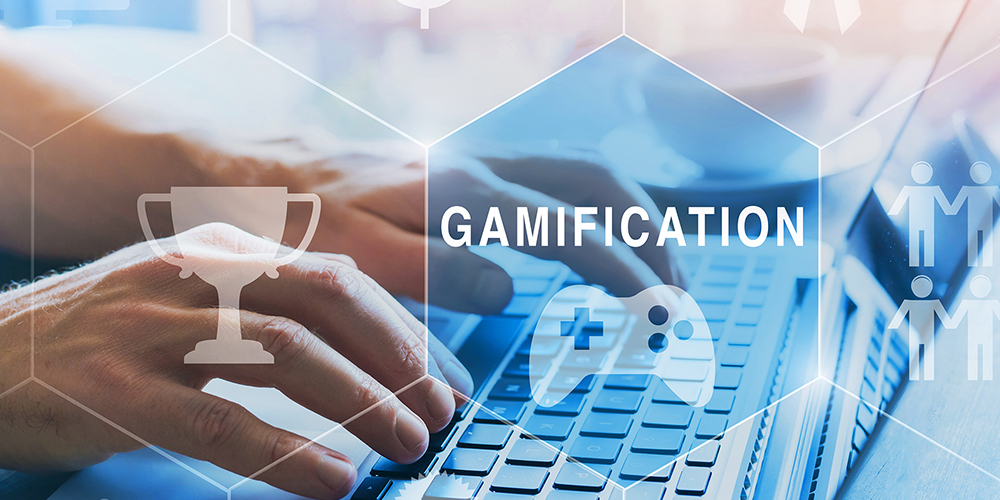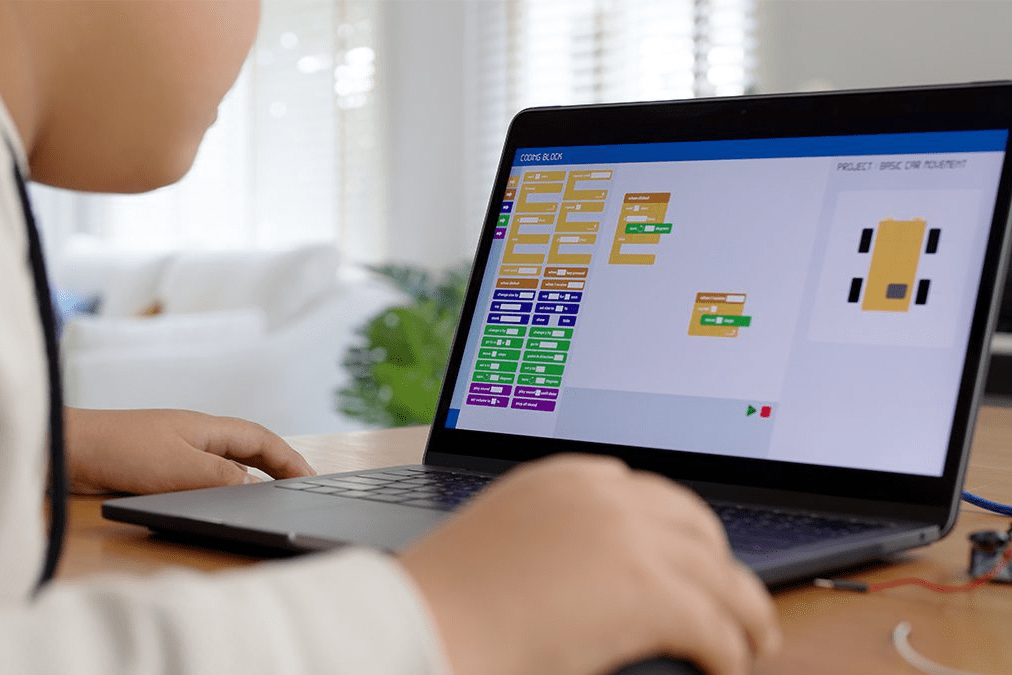In today’s rapidly evolving world, captivating student attention and fostering a love for learning are constant challenges for educators. This is where gamification emerges as a powerful tool, harnessing the motivational and engaging aspects of games to transform the traditional learning experience.
Understanding Gamification: A Boon for Education
Gamification refers to the strategic application of game-like elements in non-game contexts. In the realm of education, it involves incorporating game design principles – points, badges, leaderboards, storylines, and challenges – into the learning process. This doesn’t translate to simply playing video games in class. Instead, it’s about leveraging the inherent appeal of games to make learning more interactive, rewarding, and ultimately, more effective.
A study published in the journal “Computers & Education” found that gamification can significantly enhance student engagement, leading to a 10% improvement in learning outcomes. This is particularly impactful considering only 15% of K-12 students felt highly engaged in school.
Gamification Strategies to Spark Engagement and Motivation
The key to successful gamification lies in employing the right strategies. Here are some effective approaches to consider:
- Clearly Defined Learning Objectives: Every game has a goal. Similarly, gamified learning experiences should have specific learning objectives aligned with curriculum standards. Points, badges, and challenges should all contribute to achieving these objectives.
- Engaging Narrative: Storytelling is a powerful tool. Consider incorporating a narrative arc into your gamified lesson plan, creating a compelling scenario that motivates students to progress through the learning activities.
- Variety of Game Mechanics: Don’t be afraid to experiment with different game mechanics. Points and badges are classics, but consider incorporating leaderboards for friendly competition, health bars to track progress, or even unlockable levels to represent mastery of specific concepts.
- Integration with Technology: There are numerous educational technology platforms that incorporate gamification elements. These tools can streamline the process of creating and managing gamified lessons, automating tasks like point attribution and leaderboard updates.
Designing Effective Gamified Learning Experiences
Creating a successful gamified learning experience requires careful planning and consideration of core design principles:
- Focus on Intrinsic Motivation: While extrinsic rewards like badges can be motivating initially, aim to cultivate a love for learning itself. Balance extrinsic motivators with opportunities for students to find personal meaning and satisfaction in the learning process.
- Clear Progression and Feedback: Students need to feel a sense of progress and accomplishment. Design a clear pathway for them to move through the learning process, providing immediate and constructive feedback throughout the journey.
- Personalized Learning: Gamification allows for a degree of customization. Consider incorporating adaptive elements that cater to individual learning styles and paces, ensuring each student is challenged appropriately.
Integrating Gamification into Curriculum and Lesson Plans
Gamification can be applied across a variety of educational settings and subjects. Here are some ways to integrate it seamlessly:
- Classroom-Based Learning: Transform a history lesson into a quest to solve a historical mystery. Incorporate math challenges with points and leaderboards. The possibilities are endless.
- Online Learning: Many online learning platforms already incorporate gamification elements. Educators can leverage these features or create their own custom gamified experiences within the platform.
- STEM Education: Gamification is a natural fit for STEM subjects. Students can design and program their own games, or use existing games to explore scientific concepts and solve engineering problems.
Measuring the Impact of Gamification on Student Learning Outcomes
The effectiveness of any educational approach needs to be measured. When it comes to gamification, consider tracking the following metrics:
- Student Engagement: Monitor indicators like participation in activities, completion rates, and time spent on learning tasks.
- Learning Performance: Evaluate student understanding through traditional assessments alongside formative assessments embedded within the gamified experience.
- Student Feedback: Gather student feedback through surveys and discussions to understand their experience and gauge the effectiveness of the gamification elements.
Gamification is not a silver bullet, but it is a powerful tool that can significantly enhance the learning experience. By understanding its potential, educators can unlock a world of possibilities, fostering a deeper love for learning and ultimately, preparing students for success in a rapidly changing world. As research continues to explore the effectiveness of gamification, we can expect even more innovative approaches to emerge, shaping the future of education in exciting ways.
Ready to take your gamification journey to the next level? Integra Learning [link to Integra’s learning products solution offers a comprehensive suite of resources designed to empower educators in creating engaging and effective gamified learning experiences. Feel free to connect with our team to learn more or get a personalized demo.



